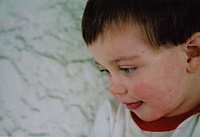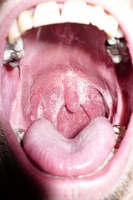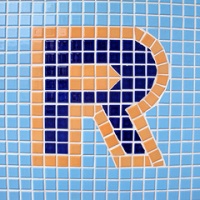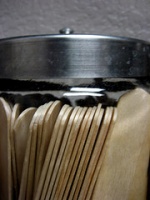Q: I was at the IAOM convention in the fall of 2013, and I heard you speak on oral stability. You used your hands to describe the difference between oral strength and oral movement patterns. Can you post it here? I would like to share it with my colleagues and I can’t remember what you said. This is probably the best way I have discovered to describe the difference between movement patterns and strength of movement. Hand Movement vs. Hand…
Strength vs. Motor Patterns — The Nitty Gritty
By Pam Marshalla









